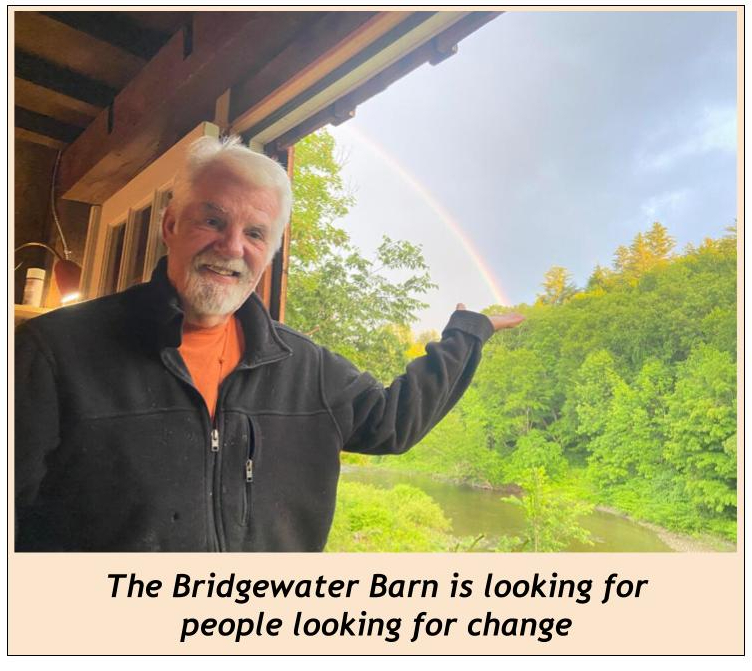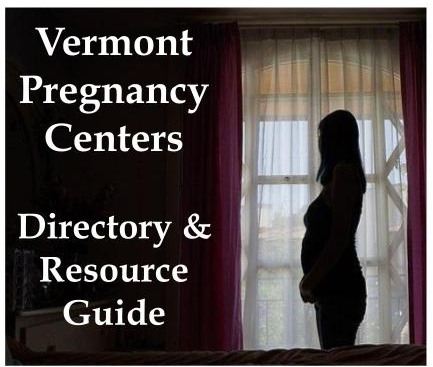Plan tracks similar NYC, U.N. initiatives

By Guy Page
Burlington Mayor Miro Weinberger yesterday outlined the proposed carbon impact fee to be levied on large, non-residential buildings.
The annual fee would start at $150/ton for all existing large buildings’ lifetime greenhouse gas emissions. The fee is the funding mechanism for what Weinberger calls the city’s “ambitious new climate policies” requiring new construction to be fully renewable. Large existing buildings and City buildings would use renewable heating and water heating systems when replacing older systems, starting in 2024. Owners of buildings unable to meet the requirements would pay the carbon pollution impact fee, subject to the scheme’s approval by Burlington voters on Town Meeting Day, March 7.
As described in a December 5 Burlington Electric Department memo, the fee emulates a current carbon impact assessment now in place in New York City:
We propose the fee would start at $150 per ton of greenhouse gas emissions, for permit applications starting in 2024. It would increase annually at the rate of inflation but limited to no more than a 5 percent increase in any given year.
The fee would be assessed based on a net present value calculation of the total amount of greenhouse gas emissions that would be produced by the thermal system over its lifetime and charged upfront at the time of permit.
The goal would be to level the playing field for renewable technologies and represent the full societal, health, and environmental cost of the carbon pollution of the fossil fuel system.
We note that some cities are using higher carbon alternative compliance fees in their thermal sector policies. New York is using $268 per ton, and Boston is using $234 per ton. On the other hand, Vermont’s Climate Council has looked at analysis suggesting $128 per ton for use as a social cost of carbon in Vermont.
With a ‘yes’ vote on this ballot item to create a science-based carbon pollution impact fee, combined with the aggressive local electrification incentives we have already created, Burlington will have a powerful combination tools to make good on this critical effort and show other communities how to get to Net Zero.”
Existing building owners of non-compliant large buildings would pay between $10-15,000 per year, the BED study estimated. Small commercial buildings and all residential property would be exempt.
According to a statement from the Mayor’s office, the new thermal heating policy proposal builds on Burlington’s recently enacted rental weatherization standards and requirements for renewable heating in new construction, and relies upon new authority granted by Burlington’s Thermal Energy Charter Change (passed by voters on Town Meeting Day 2021 and approved by the Vermont Legislature and Governor in 2022).
In the last sentence of his January 19 blog about the NYC carbon emissions impact fee, Ethan Allen Institute founder John McClaughry wrote, “Watch for this scheme to appear in Vermont before long.”
The United Nations is pushing hard to reduce thermal emissions. A November, 2022 release headlined “CO2 emissions from buildings and construction hit new high, leaving sector off track to decarbonize by 2050” urges that “National and sub-national governments must establish mandatory building energy codes and set a pathway for their building codes and standards to achieve net zero as soon as possible.”
Categories: Burlington







Wonder if Weinberger lays awake at night thinking of new ways to tax the people who put him in office?
Nope, he is following someone else’s plan. How else could it be so easily predicted?
The concept of “interfering in others’ lives” doesn’t even occur to him. He’s on a crusade to live for us…properly. He’ll do it the right way, making up for our lack of enlightened initiative. Building consensus isn’t necessary. Is there a “Just hold still folks…this’ll be good for you” virus permeating our elected officials?
Is there a way to tax a larger than average talking head?
Last time I checked, the UN is not one of our elected representatives and Vermont has fewer people with less income than New Yorkers. Besides that, climate change is not a crisis.
Enough of this bull crap. There is no reason to suppress carbon emissions, and the grifters who are part of this climate change industry are all frauds…
Time to stick it to them.
Climate great Swindle
https://rumble.com/v1itrzz-the-great-global-warming-swindle.html
Climate great Swindle
https://rumble.com/v1itrzz-the-great-global-warming-swindle.html
Enough. This is more of the climate change industry that must stop.
Climate great Swindle
https://rumble.com/v1itrzz-the-great-global-warming-swindle.html
“The lesson I have learned in the last years … is money, money, money, money, money, money, money.”
– U.S. climate envoy John Kerry on meeting the Paris Agreement’s global warming target.
What are the large non-residential buildings in Burlington besides the old armory? City Hall? The remaining churches? The library? The old fire stations? Most of UVM? Perhaps leaving Burlington will be easier.
The city already has a problem getting businesses in the city, this won’t help the situation.
What I do not understand is why they use the McNeil generating station, burning all of those wood chips. Aren’t those producing gases, CO2? I thought that is one thing that they are trying eliminate. One person on TV recently challenged all of the wood burning, but someone else countered that we are ahead of the game because there are more trees in VT than what is being burned.